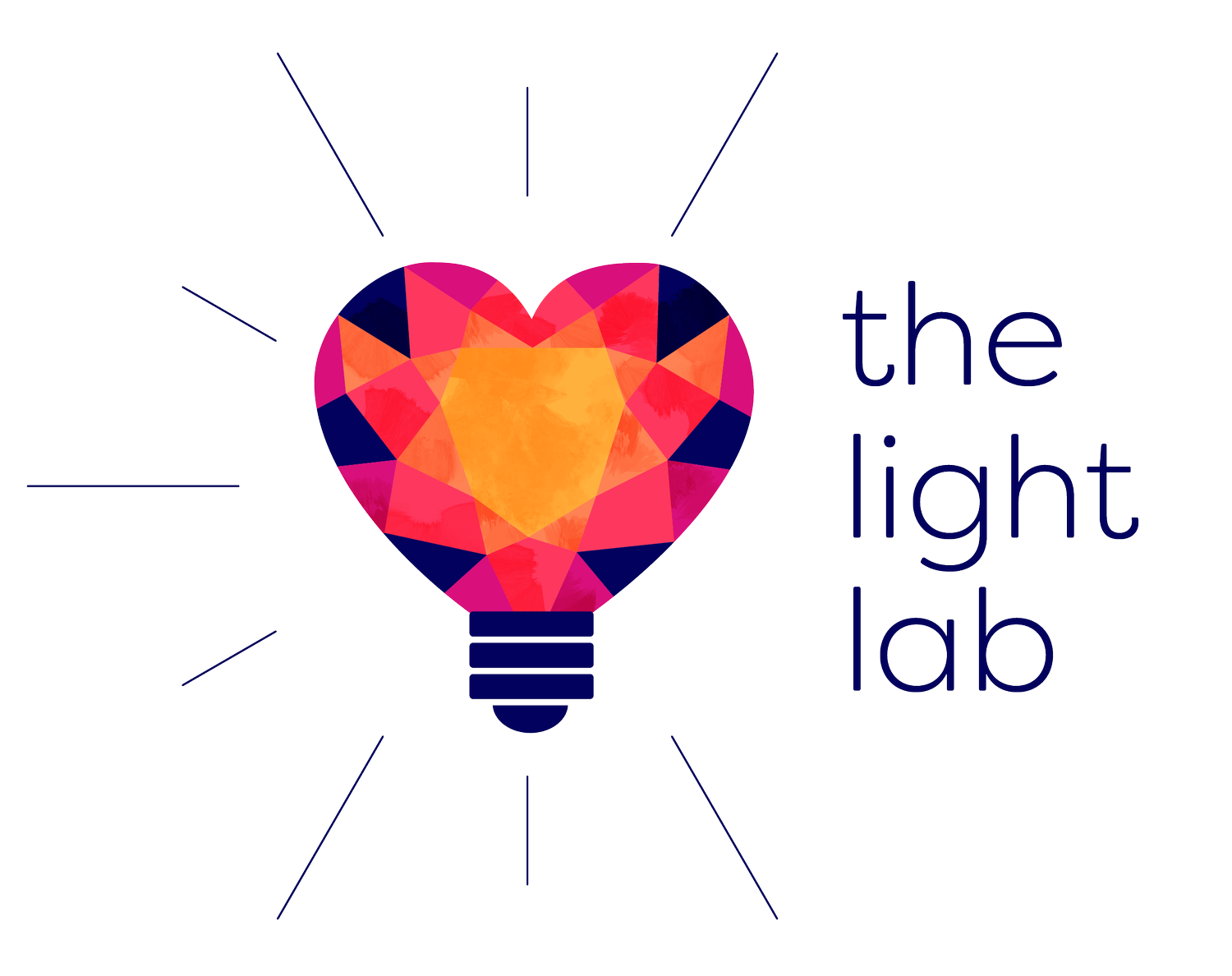Softening the Heart: Mincha & Workshop Live from SLBC (with Chava Mirel & Eliana Light)
Listen Now!
softening the heart: live from slbc
Shalom my friends! We’re back with a special three part pray-along series, live from Songleader Boot Camp. This episode is the afternoon service, mincha, with the incomparable Chava Mirel. Join us for a heart check-in, song, and silence. And keep listening for a behind-the-curtain conversation/class on what it takes to lead t’fillah that softens the heart. So glad to be back in the Light Lab with you!
What would it take to make t’fillah an exercise in softening the heart?
show notes
[1] You can follow along with Eliana and Chava using this siddur, created just for this experience.
[2] Melodies used during the service:
tu bishvat niggun by Batya Levine
Ashrei by Or and Feliza Zohar
i rise by Eliana Light
yihiyu l’ratzon by Michelle Citron
aleinu by Craig Taubman
[3] The idea of mincha as “conversation” comes from the Talmud and is expanded on in Olat Reiyah, essays by Rabbi Abraham Isaac Kook. You can read a shortened version of that text here.
[4] Eliana shares a teaching from Bob Tarantino of UMI, Unifying Meditation Institute.
[5] This quote by Rabbi Abraham Isaac Kook from his book of essays Olat Reiyah is read and discussed: “Emotive prayer is the vessel most fit for bringing into concrete action our highest moral inclinations because it actualizes feeling, which is closer to action than disembodied thought. Through the power of prayer, the heart is softened and one is prepared to do the deeds of righteousness which are learned from it (the heart) through Torah study.”
Eliana’s comment about never doing the dishes was inspired by the title of the book “After Ecstasy, the Laundry” by Jack Kornfield, which she has never read, but has heard quoted many times by Cantor Ellen Dreskin.
[6] Eliana cites the author John Green. The idea of “showing your belly to the world” as a metaphor for vulnerability is from his essay on “Sunsets” from the podcast and book The Anthropocene Reviewed. The whole episode is one of Eliana’s favorite pieces of writing and she recommends you give it a listen.
[7] Eliana mentions the three zones: safe, stretch, and unsafe (really “panic.”) This framework was developed by the learning researchers Ryan and Markova.


